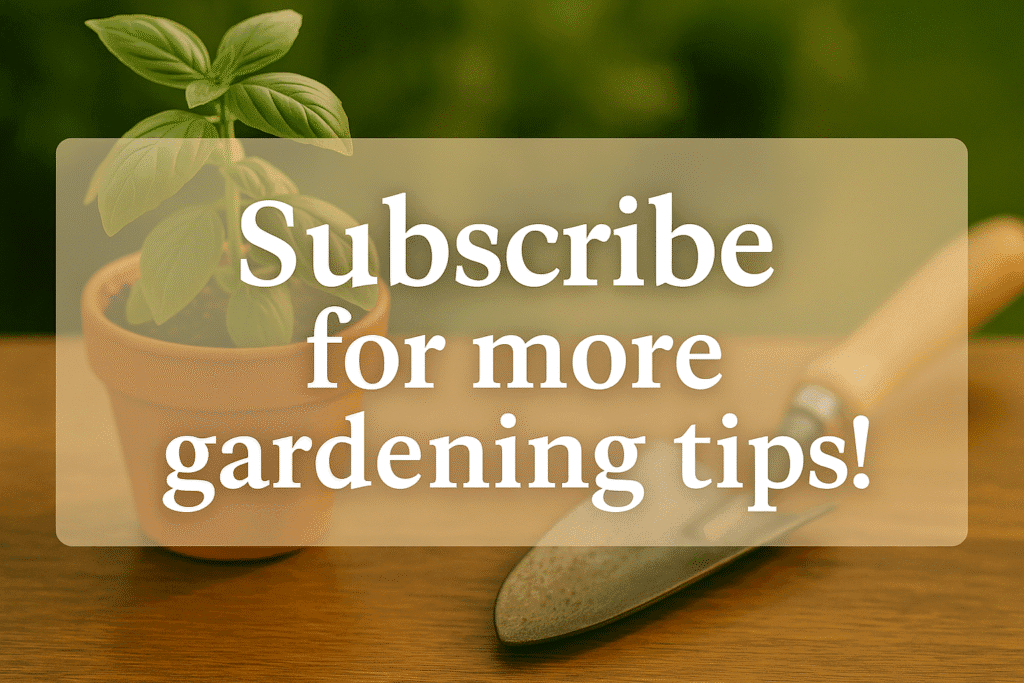Nurturing your lifestyle on craft at a time.
Let’s Dig In: Gardening Basics for Beginners
Let’s Dig In: Gardening Basics for Beginners
Welcome back!
In the first post, we talked about how gardening can be simple, fun, and good for you. We looked at growing plants indoors or outdoors, even if you only have a windowsill or a small patio. Today, we’ll dig into the basics—how to get started with your first plant or garden plot.
Contents at a Glance
ToggleLet’s keep things easy, enjoyable, and useful.
Quick Recap: Why Gardening is Worth It
Before we dive in, let’s remind ourselves why this is a great idea.
- It’s relaxing and helps you feel peaceful.
- You’ll eat fresher food and enjoy pretty plants.
- It’s good exercise—without feeling like work.
- It gives you purpose and keeps your hands busy.
All you need is a little space, a bit of time, and a desire to try.
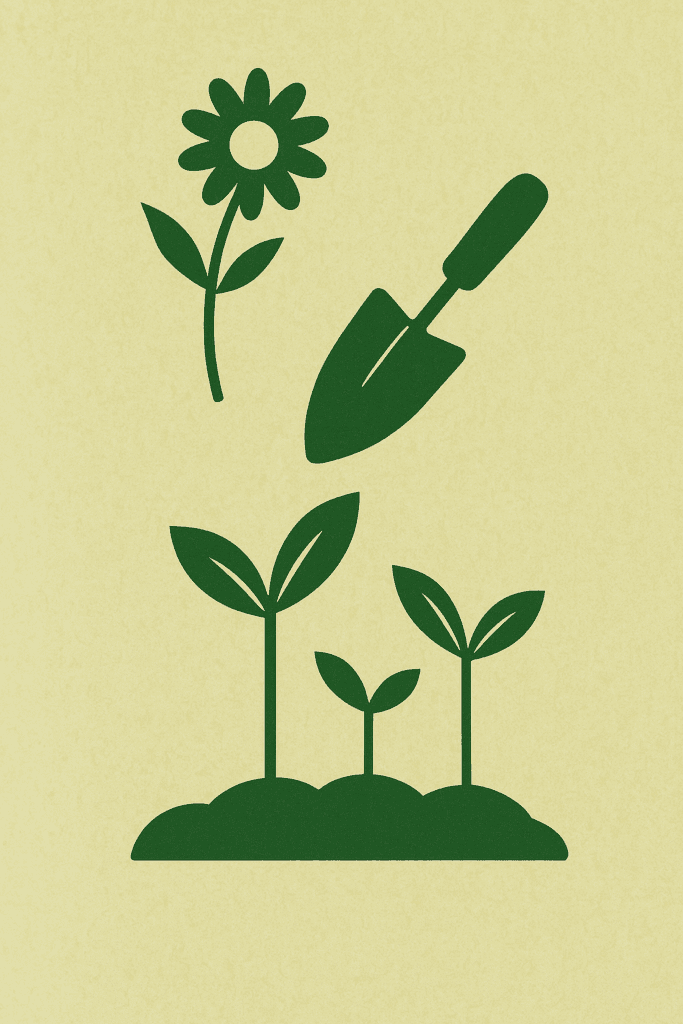
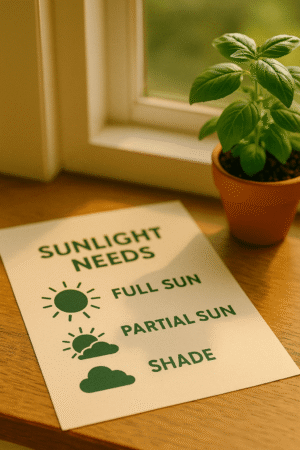
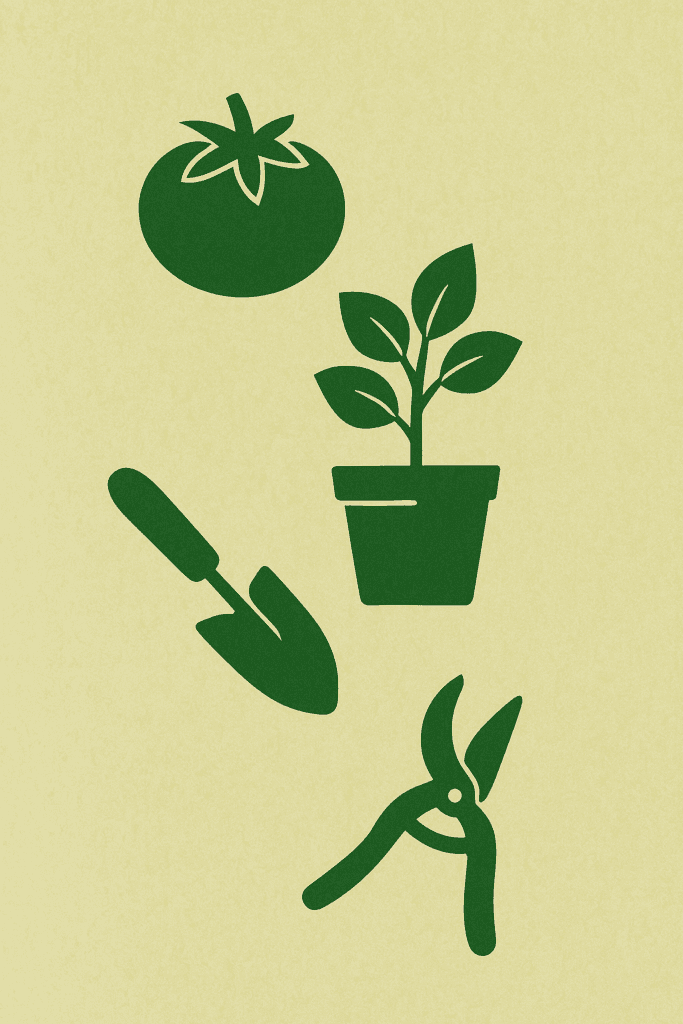
Step 1: Pick Your Spot
Plants need light, water, and good air flow. That means you need to be a bit choosy about where you put them.
Indoor Choices:
Look for a sunny windowsill (south-facing is best).
Keep away from drafts and vents.
Watch how the light changes during the day.
Outdoor Choices:
Choose a spot with at least 6 hours of sunlight.
Make sure water is close by.
Look for a spot that’s not too windy.
✅ Tip: If you’re unsure, place a small pot in your chosen spot and check on it during the day to see how the sun hits it.
Step 3: Give Them the Right Drink
Water is life for plants. But too much or too little can be a problem.
Stick your finger 1 inch into the soil. If it’s dry, water it.
Don’t drown the plant—water gently and slowly.
Use a can indoors and a hose with a gentle spray outdoors.
Water early in the morning or late in the evening.
Avoid splashing the leaves too much. Focus on the base.
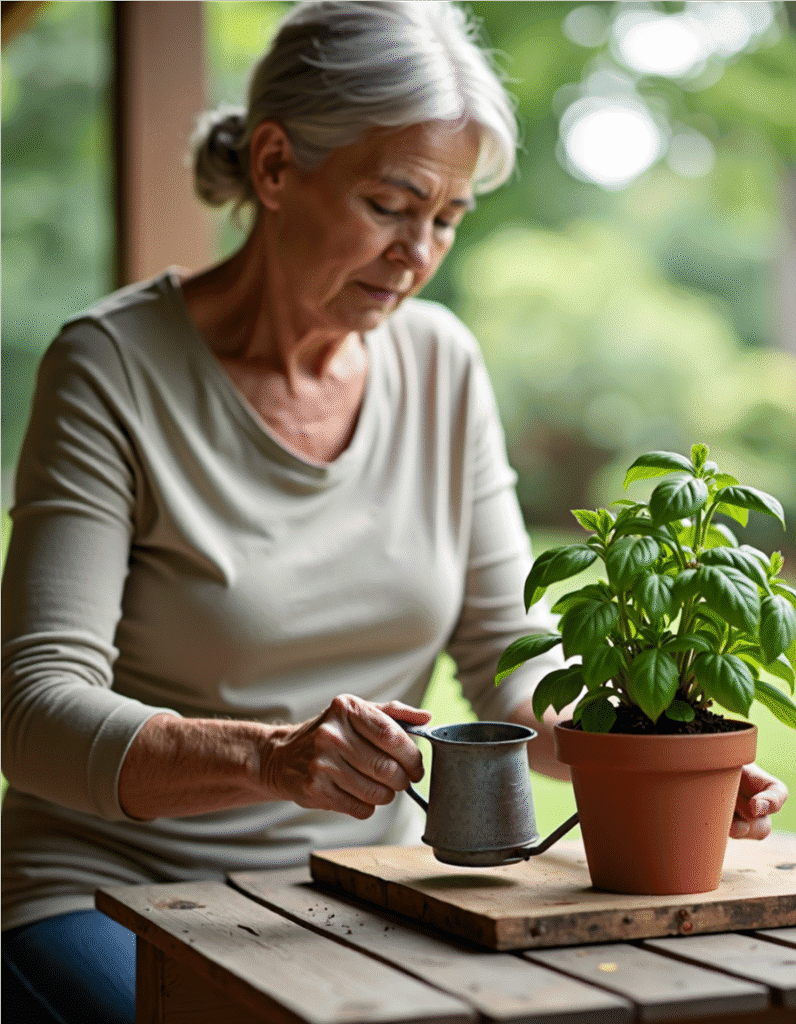
Step 4: Watch and Learn
Plants are good at telling you what they need—you just have to learn their signals.
Wilting? Might need water (or shade).
Yellow leaves? Could be too much water or not enough sun.
Stretching toward the light? Move it closer to a window.
Use a notebook or your phone to jot down what works. You’ll get the hang of it quickly.
✅ **Tip**: Take a picture each week to track how your plant changes.
.
Step 5: Avoid Common Mistakes
Let’s save you some frustration. These are the top beginner mistakes and how to avoid them:
❌ Overwatering:
More water doesn’t mean faster growth. It usually means rot.
❌ Wrong plant for the spot:
Too little light or the wrong temperature will wear your plant down.
❌ Ignoring bugs:
If leaves look chewed or spotted, check for bugs. Spray with water or wipe with soapy water.
❌ Forgetting to check in:
Gardening is hands-on. Even a 1-minute look each day helps.
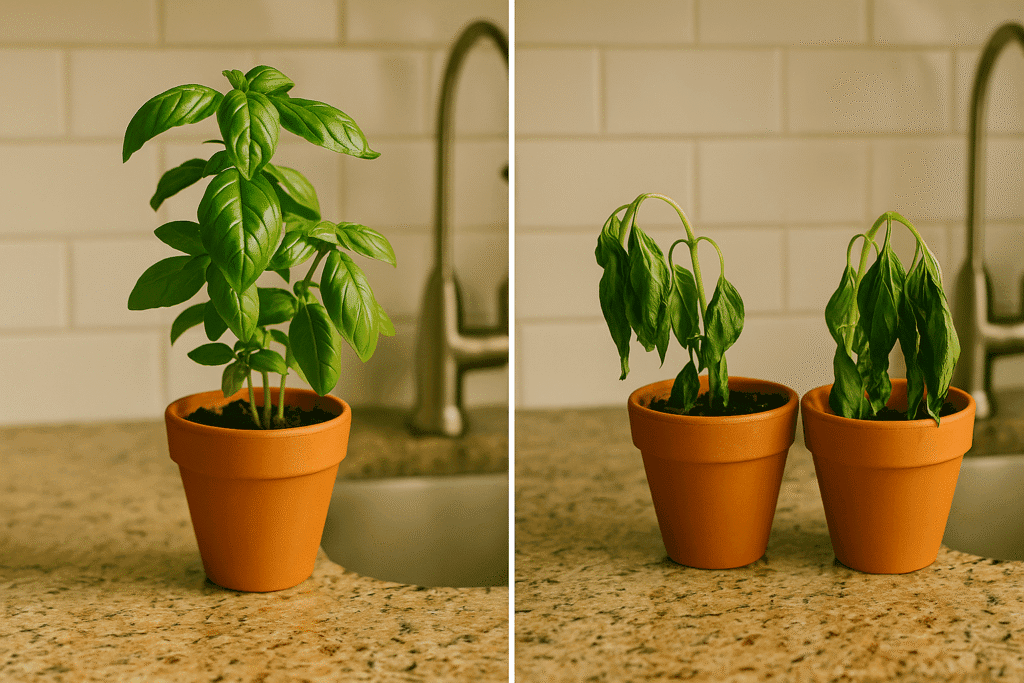
Wrap-Up: You’re on Your Way
You’ve now picked your spot, chosen a plant, and learned the basics of care. You’re not just “trying” gardening—you’re doing it.
In the next post, we’ll go over the best tools for seniors, from simple trowels to hose wands that save your back. For now, enjoy getting your hands dirty and learning something new.
Gardening Blog Outline PDF
Signup for our series on Gardening for Beginners.
We'll be publishing a new post each week for the next six weeks on Your Lifestyle Crafted.
Thank you!
You have successfully joined our subscriber list.
